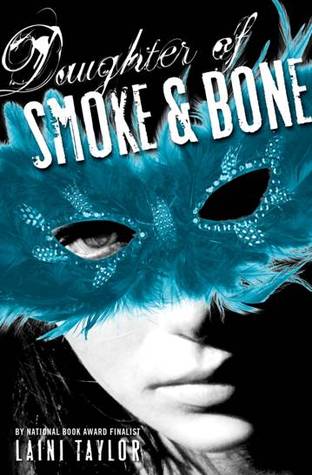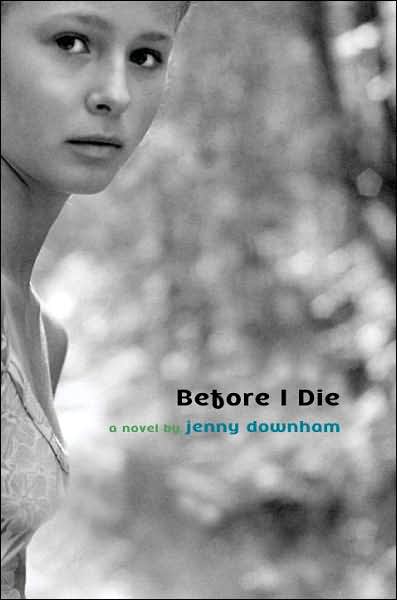My friends Jennie and Jacki and I were discussing picture books at the Decatur Book Festival this weekend, and I mentioned to them that I really love a specific type of humor in my picture books; the kind of post-modern, quirky, bizarre humor that Jon Scieszka and Mo Willems so perfectly write. In my quest to find more books like theirs, I have read a LOT of picture books – some which actually have this kind of humor, and some which are just awesome on their own.
As I was talking, Jennie said, "You should blog about that."
So I am.
Here are four fantastic picture books that I've read since January. It's safe to say that, even though I'm not including any Jon Scieszka or Mo Willems on this list, since they are my inspiration for it, I think pretty much everything they write is awesome. (Especially that Scieszka dude. He's pretty much flawless. Also, his last name rhymes with FRESCA. You're welcome.) These books are more in the metafiction/weird humor categories; I've read some traditional ones I've loved, as well. Feel free to ask if you want to know about those.
Book 1:
Nothing by Jon Agee
I love this book! This was the first Agee book I read, and it caused me to go on an Agee streak. Though I loved a few others, as well (particularly the alphabet book
Z Goes Home, which almost made it onto this list instead), no other book has captured my heart as much as
Nothing.
The concept of this book is so fun and simple. Shop owner Otis has sold the last antique in his shop, and therefore has nothing for sale. But then the richest woman in town comes in, insisting she must have this "nothing." Otis, not wanting to let her down, sells it to her and loads it into her car. Soon, shops all around the town are selling nothing, and the townsfolk throw away all their stuff to make room for more nothing. It's a fantastic satire on mob mentality and consumer culture, but not something that would go over a kid's head. In fact, it's the perfect book to use to bring up that type of discussion, if it's something you're interested in talking to your children about. Otherwise, it's just plain funny.
Book 2:
The Book that Eats People by John Perry, Illustrated by Mark Fearing
This picture book is metafiction at its best! It's
The Monster at the End of this Book for the 21st century! So
, naturally, I love it.
The book is literally about a book that eats people — and that book is the book that readers are holding in their hands. It's a little bit scary, yes, but the concept is so ridiculous and the illustrations so outlandish that I don't think a child could actually be frightened by this book. Especially if they read it with their parent, and the parent got interactive, making the book chomp on their little toes while reading! (I don't know if that makes me a horrible person or an awesome person. Probably both.)
Also, can we talk about that author's last name? Mark FEARING? Yeah. Loves it.
Book 3:
Let's Do Nothing! by Tony Fucile
This is a great example of a book where the author/illustrator combo definitely comes in handy. I don't think one person could have written this and then passed it off to another to illustrate, because the text and the illustrations lose themselves in one another.
Let's Do Nothing! is about two kids who try to, well, do nothing for an afternoon. They sort of make it into a contest, but that little dude there on the right (the one with the glasses. Of course.) keeps messing everything up with his big imagination. It's a simple concept, but it stuck with me months after I read it.
Maybe that's because I'm lazy and like to do nothing.
Book 4:
The Pencil by Alan Ahlberg, Illustrated by Bruce Ingman
Oh, how I love this tale of "a pencil, a lonely little pencil" and all the things he draws to keep himself company: a boy, a dog, a kitty, a paintbrush, an entire village, and eventually a sadistic eraser who destroys everything! There is something so simple and beautiful about it, and just a little bit sad, too, but also sweet and fun. The illustrations are just gorgeous, but the story is fantastic, too.
I mean, really, I could go on and on (and on and on and on) about all the fantastic picture books in the world. When one really strikes me, I'll post it for a Book-Crush Wednesday. But this is a good starting place if you're new to picture books.
OK, so you might be asking yourself (or me): "Self/Heather, Why would I want to read picture books? I don't have kids. I don't write picture books. This seems like a giant waste of my time!"
On the contrary, dear reader. Picture books can teach you about rhythm and word choice and language and comedic timing and using the space on a page and a whole host of things that books for older readers are harder to study. Writing a picture book, just one picture book, will give you immense appreciation for how hard the craft is, and will show you the power of choosing your words carefully, which is definitely something that can be carried into novel writing. Plus, if you've never written and revised a piece from start to finish...well, there is definitely something gratifying in doing that exercise and starting small.













